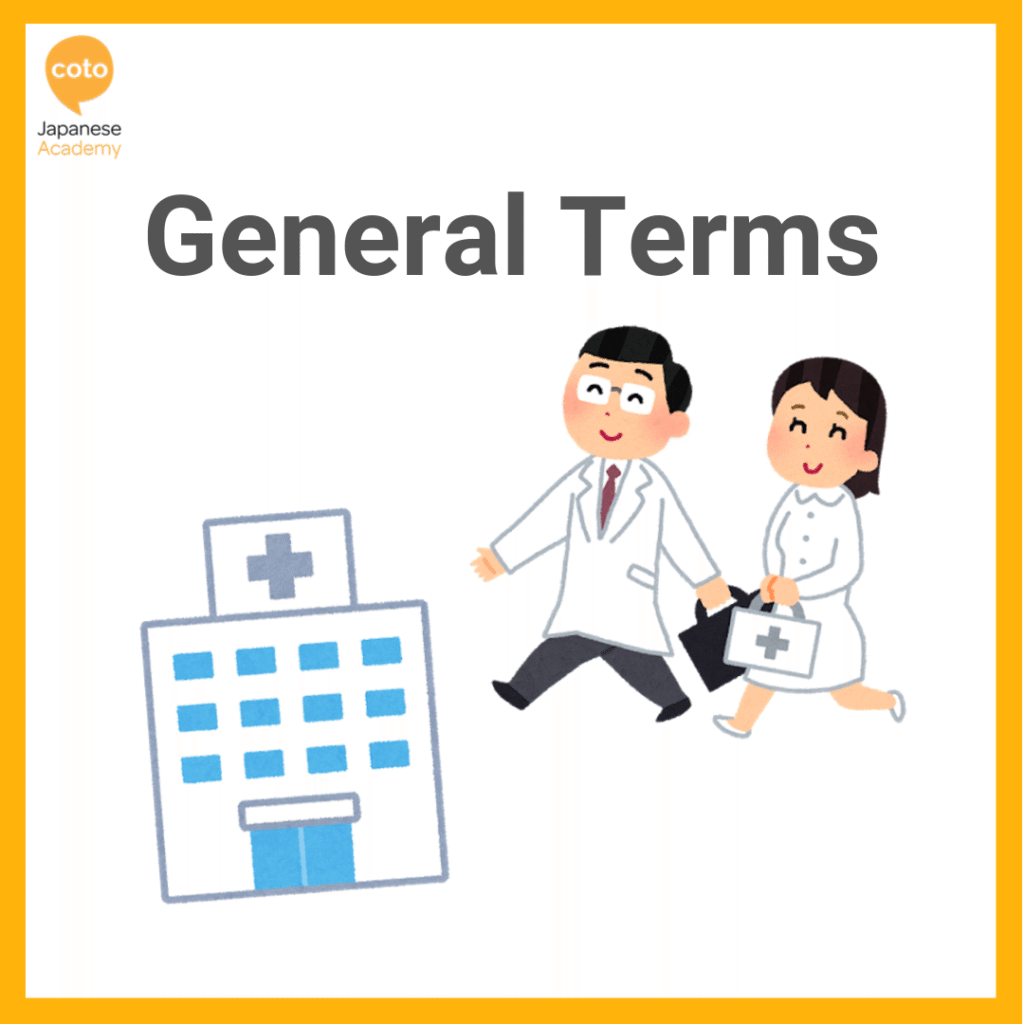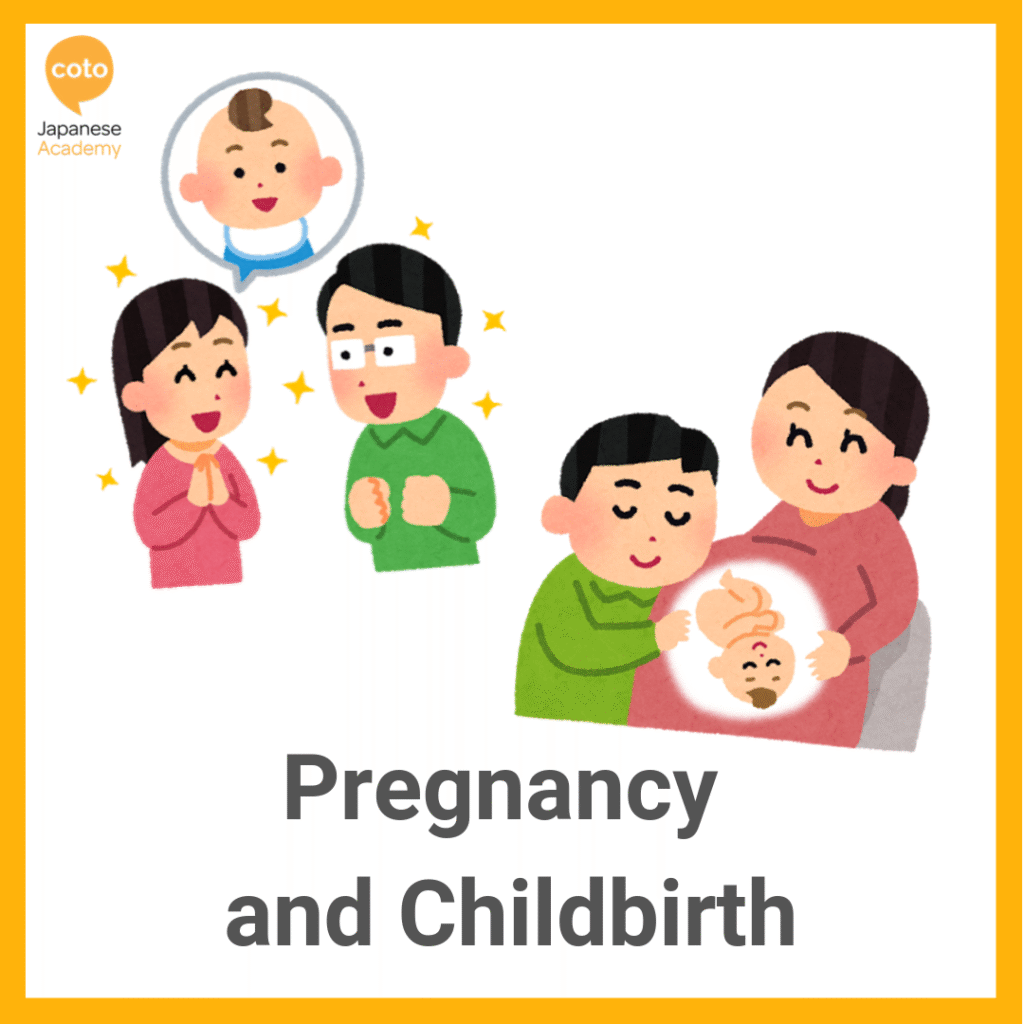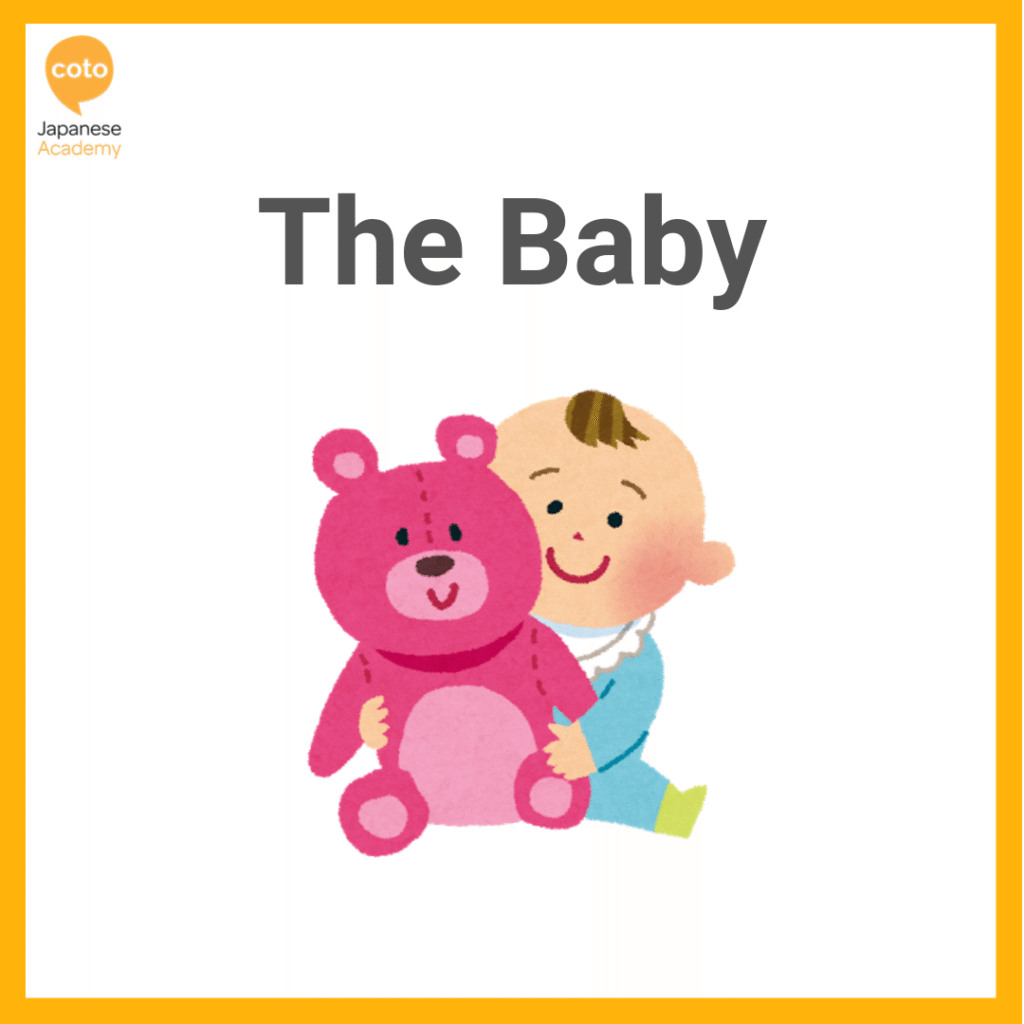Navigating pregnancy and childbirth in Japan can feel overwhelming, especially in a city as busy and diverse as Tokyo, if you are not familiar with the local language. From prenatal checkups to hospital visits and birth planning, knowing the right Japanese vocabulary can make communication with doctors, nurses, and support staff much smoother.
Expecting a baby in Japan? In this blog article, we will be taking a look at various useful vocabulary words in Japanese related to pregnancy and childbirth! This guide introduces essential Japanese words and phrases related to pregnancy and giving birth, with a focus on situations you are likely to encounter in Tokyo.
We will also share with you some information about giving birth in Tokyo, including what it’s like to be pregnant in Japan, a list of English-friendly hospitals in Tokyo, and details about childbirth financial aid in Japan.
General Vocabulary Related to Medical
When preparing for pregnancy or childbirth in Japan, it’s helpful to know some basic medical terms that often come up in clinics and hospitals. Below is a table of general medical words you may need to know when going for a medical checkup in Japan. Sanfujinka (産婦人科) is the Japanese word for the obstetrics and gynecology department or OB-GYN clinic. In Tokyo, many women go to a sanfujinka for both routine prenatal checkups (ninshin kenshin or 妊娠検診) and delivery-related care. Some larger hospitals have a dedicated sanfujinka ward, while smaller private sanfujinka clinics often provide more personalized care.

| Japanese | Pronunciation | English |
| 産婦人科 | Sanfujinka | Obstetrics and gynecology |
| 病院 | Byouin | Hospital |
| 訪問時間 | Houmon jikan | Visiting hours |
| 医者 | Isha | Doctor |
| 看護師 | Kangoshisan | Nurse |
| 助産師 | Josanshi | Midwife |
| 妊娠 | Ninshin | Pregnancy |
| 妊婦 | Ninpu | Pregnant Woman |
| 分娩 | Bunben | Delivery |
| 入院 | Nyuuin | Admission |
| 定期検診 | Teiki Kenshin | Regular Checkup |
| 血液型 | Ketsueki Gata | Blood Type |
| 体重 | Taijuu | Weight |
| 身長 | Shinchou | Height |
| 体温 | Taion | Body Temperature |
| 血圧 | Ketsuatsu | Blood Pressure |

Vocabulary Related to Pregnancy & Childbirth
From prenatal checkups to delivery and postpartum care, let us look at some common pregnancy and childbirth terms you might encounter with doctors, midwives, and hospital staff. The table below consists of common terms used during pregnancy and childbirth in Japanese!
| Japanese | Pronunciation | English |
| 最終月経 | Saishuu Gekkei | Last menstrual period |
| 胎児 | Taiji | Fetus |
| 胎児心音 | Taiji Shinon | Fetal heartbeat |
| 胎動 | Taidou | Fetal movement |
| 超音波検査 | Chouonpa kensa | Ultrasound examination |
| 分娩予定日 | Bunben yoteibi | Estimated date of delivery |
| つわり | Tsuwari | Morning sickness |
| 痛い | Itai | Painful |
| 陣痛 | Jintsuu | Labor pain |
| 頭痛 | Zutsu | Headache |
| はきけ | Hakike | Nausea |
| 背中が痛い | Senaka ga itai | My back hurts |
| 出血 | Shukketsu | Bleeding |
| 注射 | Chusha | Injection |
| 麻酔 | Masui | Anesthetic |
| 分娩室 | Bunben shitsu | Delivery room |
| 帝王切開 | Teiou sekkai | C-section |
| 経腟分娩 | Keichitsu bunben | Vaginal delivery |
| へその緒 | Heso no o | Umbilical cord |
| いきんでください | Ikindekudasai | Please push |
| マタニティーマーク | Mataniti maku | Pregnancy Badge |
| 母子健康手帳 | Boshi kenkou techou | Health book for mother and child |
Learn Japanese your way, while preparing for your little one
Japanese Vocabulary Related to Baby
Caring for a newborn in Japan often involves visits to clinics, health centers, and stores that specialize in baby products. Whether you’re preparing for your baby’s arrival or adjusting to daily life after birth, check out important vocabulary that will help you navigate common situations in Tokyo and beyond.

| Japanese | Pronunciation | English |
| 赤ちゃん | Akachan | Baby |
| 双子 | Futago | Twins |
| 出生証明書 | Shussei shoumeisho | Birth certificate |
| 新生児室 | Shinseiji shitsu | Nursery |
| 赤ちゃんにあえますか。 | Akachan ni aemasuka | ‘May I see my baby?’ |
| 赤ちゃんを抱っこしてもいいですか。 | Akachan o dakko shitemo iidesuka | ‘May I hold my baby?’ |
| ミルク | Miruku | Formula |
| 人工栄養 | Jinkou eiyou | Bottle feeding |
| 母乳 | Bonyuu | Breast milk |
| 母乳栄養 | Bonyuu eiyou | Breast feeding |
| 母乳をあげたいです | Bonyuu o agetaidesu | ‘I want to breast feed.’ |
| 授乳室はどこですか? | Jyunyushitsu wa doko desuka? | ‘Where is the nursing room?’ |
What to Know About Being Pregnant in Japan
In Japan, the locals see pregnancy as a period for women to discipline themselves both mentally and physically. There is a huge “gaman” culture, which translates to ‘enduring’ or ‘bearing with it’. Hence, most Japanese women choose to give birth ‘naturally’ and not receive any kind of pain relief at all.
As a matter of fact, pain relief such as an anesthetic is not a common thing at all in Japanese hospitals. So if you are looking to receive pain relief during your pregnancy and/or childbirth, do make sure to double-check with your hospital!
Did you know that in Japan, fathers are not always permitted at birth? In some hospitals, fathers are required to wait in the waiting room while the mother gives birth in the delivery room. This is because having the father present during birth can be distracting to the doctor. Though it may be a different case in every hospital, this is a good point to note when choosing the hospital you wish to deliver at!
In Japan, all expectant mothers are able to receive a Maternity Mark keyring from Japan’s Ministry of Health, Labour and Welfare. This keyring is for showing strangers that special care should be given to you. For example, giving up a seat on the train or refraining from smoking near you.
English-friendly Hospitals in Tokyo
If you are looking for a hospital in Tokyo with services provided in English, rest assured that there are a couple in Tokyo which you can choose from!
Below we have included a list of some English-friendly hospitals in Tokyo.
- Aiiku Hospital
- Japanese Red Cross Medical Center
- Sanno Hospital
- Jikei Hospital, Women’s and Children’s Center
- Seibo International Catholic Hospital
- St Luke’s International Hospital
Financial Aid for Childbirth in Japan
If you are covered by Japan’s National Health Insurance (NHI) or employed by a company in Japan, you are entitled to receive Japanese insurance benefits.
The government provides a lump sum called the ‘Childbirth and Childcare Lump Sum Grant’ worth 420,000 yen, which can be used to cover the costs of giving birth.
Also, the government provides a child allowance, at 15,000 yen per month until the age of three, and 10,000 yen per child per month until the third year of high school.
Flexible Japanese lessons for busy parents-to-be at Coto Academy
Learning pregnancy-related vocabulary is especially helpful if you’re expecting a baby in Japan. It can make a big difference in how confidently you communicate with doctors, midwives, and childcare staff.
If you want to take your Japanese skills to the next level, why not join Coto Academy?
We know that preparing for a new arrival can make it tricky to stick to a strict study schedule. That’s why we offer flexible options: both in-person and online Japanese classes that focus on practical skills you can use in everyday life—whether it’s visiting a hospital, finding a nursery, or enrolling your child in preschool.
For those who prefer learning in person, we also have weekend and part-time courses, so you can study at a pace that fits your routine. This way, you can focus on both your growing family and your language learning—without having to choose one over the other.
